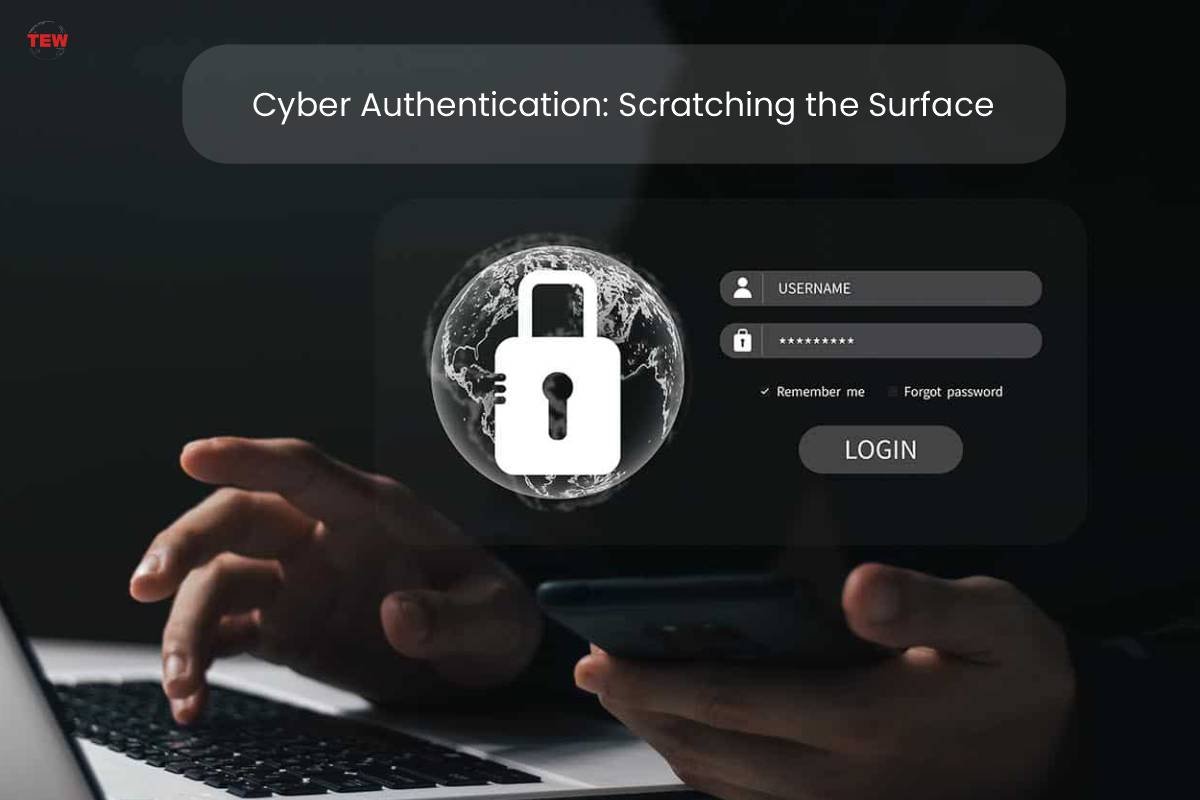Authentication within the realm of the digital sphere or cyberspace is a broad and fascinating topic to learn more about. It is fundamentally and foundationally essential for all cyber netizens out there to learn more about authentication in general and delve into specifics relevant to their unique cyberspace journey. It is in a way confirming your identity for the digital storage or data.
From the moment you access any device, typically, authentication takes place. Many users are not fully aware of how far-reaching authentication is. There are ongoing authentication verifications in the background when they are logged in to a service, such as Office 365. It is enough that account information was changed on one location, even the login id, and it may prompt the user on another device to re-enter their user id and password.
General Authentication Related Questions Posed
Over the last several decades, users have been compelled to learn more about this interesting technical topic; a good example of a question posed is; how do password managers work and how often do I need to change my password.
Google Services
Many very popular and widely used online services such as Google Workplace, formerly known as G Suite, will generally log users out of existing browser sessions after a pre-determined period even when the user-specified for their user id and password to be saved on a specific Google Chrome profile. The G-Suite has made TFA or MFA necessary for multiple stages of login to enhance security.
Apple ID
Apple tops security and privacy of users. Apple recommends Apple ID and Passcode settings to lockout the device immediately. The other out-of-the-box settings start as low as after one minute with biometric authentication options to alleviate the associated inconveniences with ongoing authentication requirements.
The Authentication Growth Phenomenon
Starting with CompuServe setting up the first online email service, continuing with the .COM boom, online services and their respective classifications have grown exponentially, from Hotmail and Yahoo being the first predominant public email services. Then Google’s Gmail overwhelmingly dominating this space with a current astronomical 1.8 billion user base.
More and more music, movie and tv entertainment services such as SoundCloud, Netflix, Hulu, and Amazon Prime Video surfacing, including online content from magazines and newspapers, online financial services, gaming and much more, have increasingly overwhelmed the average user.
In simplistic terms, more services, more options, more accounts equate to MANY MORE user credentials needed per person. This has led to password fatigue [1] and many users feeling the toll of managing all of these accounts and passwords.
Common Authentication FAQs
Other common authentication FAQs are as follows:
- What are the most common authentication types and protocols.
- What are the key benefits of each authentication type.
- What is Two-Factor Authentication (2FA).
- What is a One Time Password or OTP.
- Do I need Two-Factor authentications.
- What are the most common password blunders.
- What is Single Sign-On (SSO).
- Should my small business use Single SSO.
- What is Multi-Factor Authentication.
- Why should I use Multi-Factor authentication for my business.
- What is the relation between authentication and encryption.
The article scratches the surface of the sea of knowledge and intricacies around digital identity and authentication and as your will soon discover malware; it is up to you to continue enriching this journey.
Summing Up
These days cyber security and how to tackle with the advancements in it has become the important issue in front of organizations and companies across all sectors of business. MFA or TFA has become common in Cyber Defender systems. Due to remote working and closed offices, it has become crucial to protect data loss and theft. Hence, additional security measures are required.





